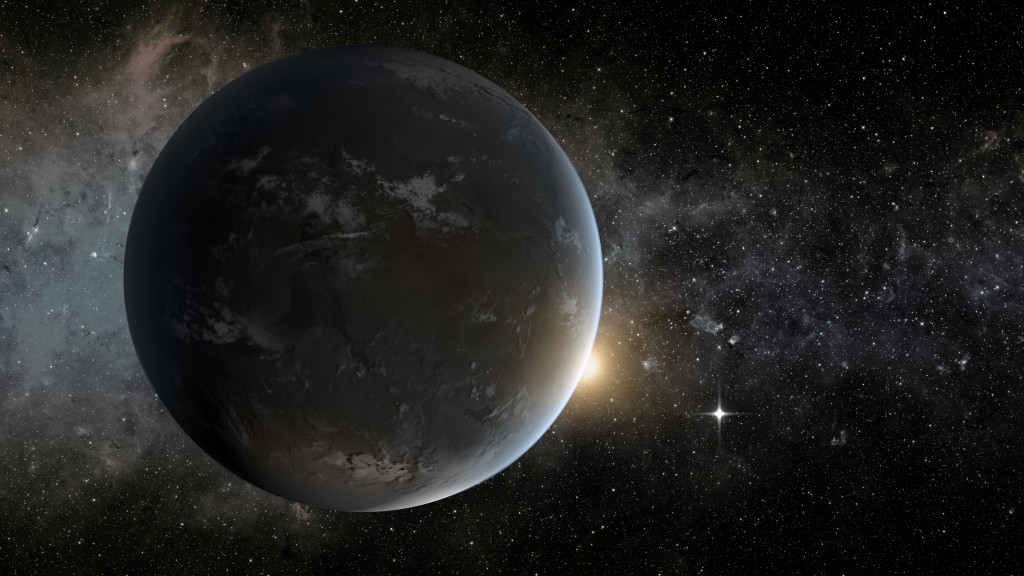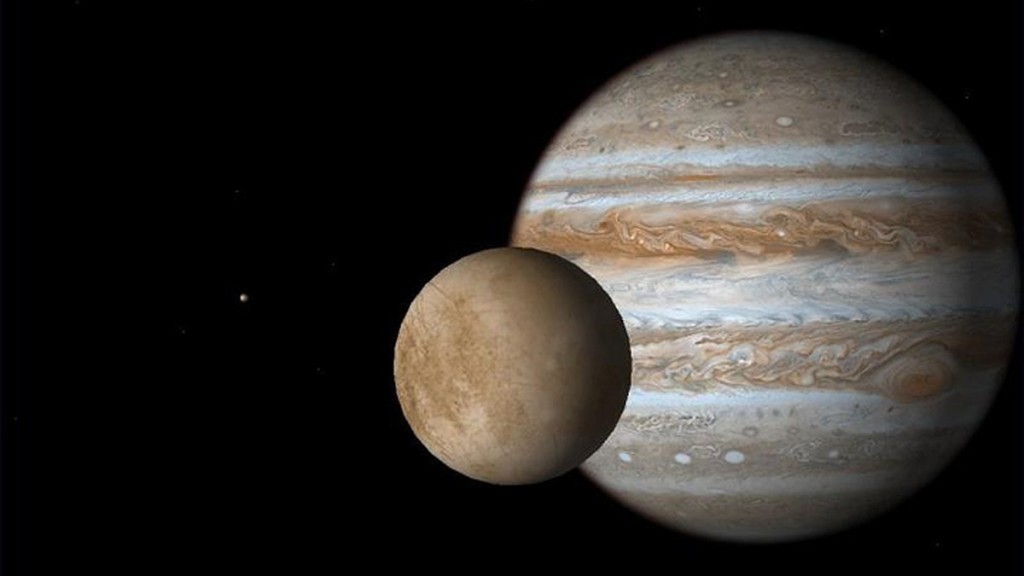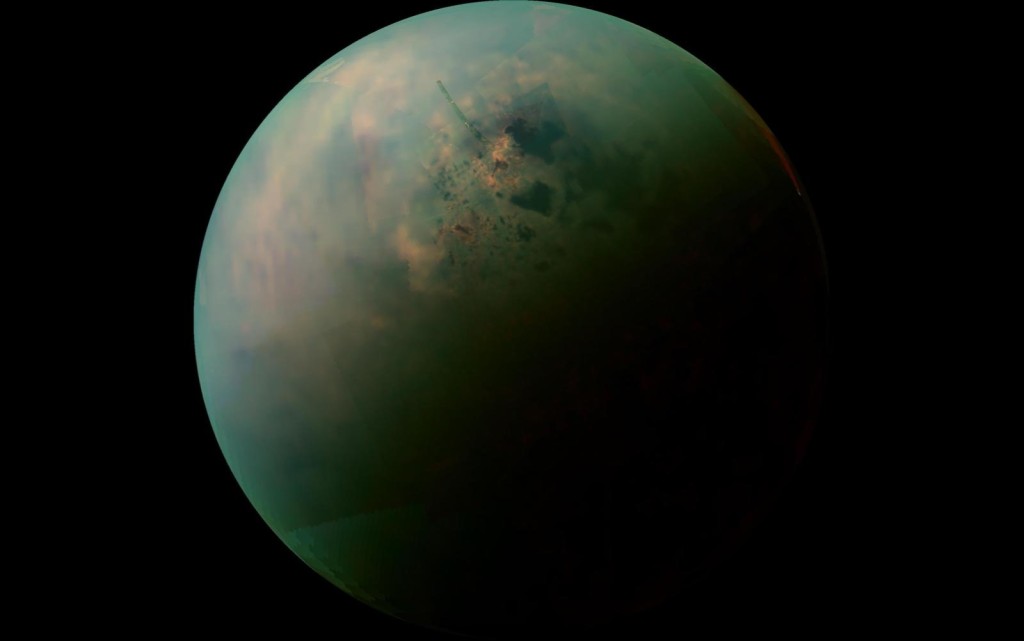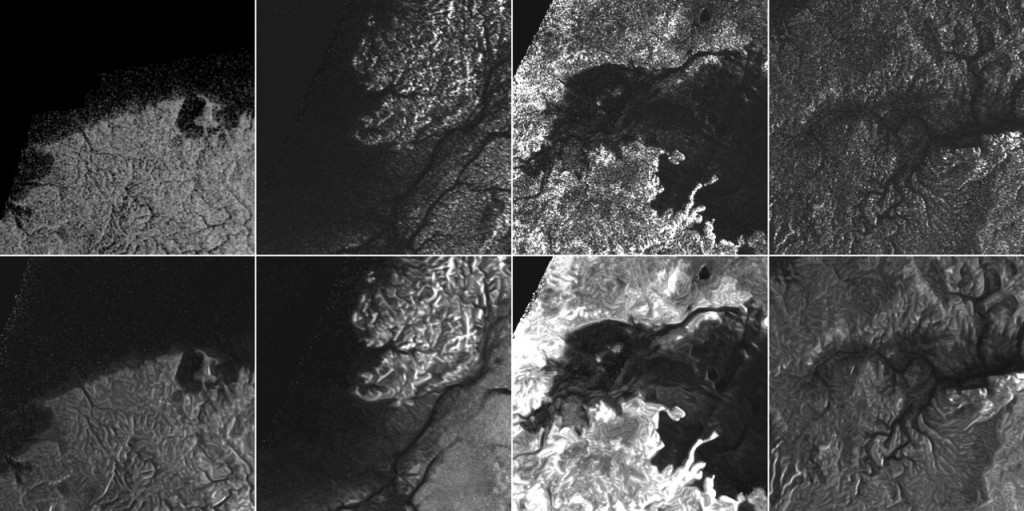Space: where can humanity survive?
To date, more than four thousand worlds have been discovered, and astronomers are constantly finding new ones. However, few celestial bodies combine the presence of an iron core, crust, atmosphere and water in liquid form at the same time, which means that there are not so many potentially habitable worlds. In this article we will talk about the findings of scientists and their hopes for new discoveries.
Let's start with a find discovered by scientists in 2013, together with other planets of the system near the orange dwarf Kepler-62 by the Kepler telescope, which observes stellar transits.

To date, Kepler-62e is considered one of the most suitable planets for human life. The index of its similarity to the Earth is 0.83 out of 1.00. Its average temperature is about 17 degrees Celsius. The probability of the origin of unicellular organisms on this planet is approximately 70-80%, since all the necessary conditions exist for this. According to scientists, Kepler-62e is a water world orbiting approximately at a distance equivalent to Mercury in its planetary system, about 1200 light-years from Earth1.
*A light year is a unit of measurement of distance in astronomy, equal to the distance that electromagnetic waves travel in a vacuum, without being affected by gravitational fields, in one Julian year. / Source: wikipedia.org /
A year on Kepler-62e is 122 Earth days and this planet is one and a half times older than Earth, so if there is life here, it had a lot of time to develop.
But it is not only the planets that offer hopes for possible "viability". There are about 200 satellites of planets in the solar system, among which there are similar to the already well-known Moon, located close to the Sun. But besides it, there are satellites far from the Sun, which means that they have preserved a lot of volatile substances – and this is the environment for life.
Let's consider 3 satellites, which, according to Vladimir Surdin, Candidate of Physical and Mathematical Sciences, senior researcher at the P. K. Sternberg State Astronomical Institute, are the most interesting.
Europa is the sixth most distant satellite of Jupiter from the planet.
 Its size is slightly smaller than the Moon, the satellite itself is completely covered with ice without gaps, and this ice dome is about 15 km thick. But what is interesting is the presence of an ocean of salt water, which is hidden under the ice at a distance of 100 km. The volume of water in this ocean is greater than all the oceans of our planet combined. On Europa, the ice sometimes bursts, forming sudden outbursts of water, like sudden geysers. Taking samples of this water, scientists will be able to conduct chemical and biological analysis, which will answer one of the main questions about the prospect of life on this satellite.
Its size is slightly smaller than the Moon, the satellite itself is completely covered with ice without gaps, and this ice dome is about 15 km thick. But what is interesting is the presence of an ocean of salt water, which is hidden under the ice at a distance of 100 km. The volume of water in this ocean is greater than all the oceans of our planet combined. On Europa, the ice sometimes bursts, forming sudden outbursts of water, like sudden geysers. Taking samples of this water, scientists will be able to conduct chemical and biological analysis, which will answer one of the main questions about the prospect of life on this satellite.
Enceladus is the fourteenth most distant and sixth largest satellite among the 82 known satellites of Saturn.
 It turned out that almost all of the Sun's light falling on Enceladus is reflected from its surface due to the dense layer of ice that covers the entire satellite. However, unlike Europe, the ice on Enceladus has cracks, and fountains of water gush out from under it with enviable regularity, which has already allowed researchers to do chemical analysis, but biological studies have not yet been conducted.
It turned out that almost all of the Sun's light falling on Enceladus is reflected from its surface due to the dense layer of ice that covers the entire satellite. However, unlike Europe, the ice on Enceladus has cracks, and fountains of water gush out from under it with enviable regularity, which has already allowed researchers to do chemical analysis, but biological studies have not yet been conducted.
Scientists have found that the average surface temperature is -198 ° C, and the composition of the satellite's atmosphere is:
* Nitrogen - 4%;
* Carbon dioxide- 3.2%;
* Methane - 1.7%.
Enceladus' gravity is not enough to hold the atmosphere, which means that there are constant sources of its replenishment due to cryovolcanoes or geysers.
Titan is the largest satellite of Saturn, the second largest satellite in the Solar System, and is the only body in the Solar System other than Earth for which the stable existence of liquid on the surface has been proven.

Vladimir Surdin, in his interview for Irina Shikhman, says that it is inconvenient to call this satellite a satellite, because, firstly, it is the size of Mercury, and secondly, it is the only satellite that is covered with a dense atmosphere exceeding the Earth's atmosphere.
Our atmosphere consists of 78% nitrogen, and the atmosphere of Titan consists of 95% nitrogen. Like on Earth, there is a change of seasons on Titan. As Saturn and its moons move around the Sun, the seasons on Titan gradually change each other. Radar images taken in April 2006 show mountain ranges over 1 km high, valleys, riverbeds flowing down from the hills, as well as filled or dried up lakes2.

Clouds of methane fly in the atmosphere of the satellite, rivers, lakes and seas of methane flow on the surface, but Titan is deprived of oxygen. The gravity on it is 7 times less than on Earth. The dense atmosphere is not dangerous for humans, the pressure is about 1.5 - 2 atm. According to Vladimir Surdin, Titan is a very attractive planet that can be considered for the life of mankind, since when a spacesuit is depressurized, a person will not die by inhaling carbon dioxide, as for example, on Venus.
Of course, the discovery of a water world and a satellite without oxygen can be viewed in different ways: as potentially suitable places to live, to which one can adapt, and as worlds in which the development of civilization is very difficult. But researchers believe that these discoveries clearly indicate the possibility of discovering an Earth-like planet in the near future!
Stay up to date with the latest news on our website: www.notivory.com
1. Kepler-62e: Super-Earth and possible Water World
2. Science of the Moon and Planets XXXVIII (2007)
Read more
April 12, 2024
April 5, 2024